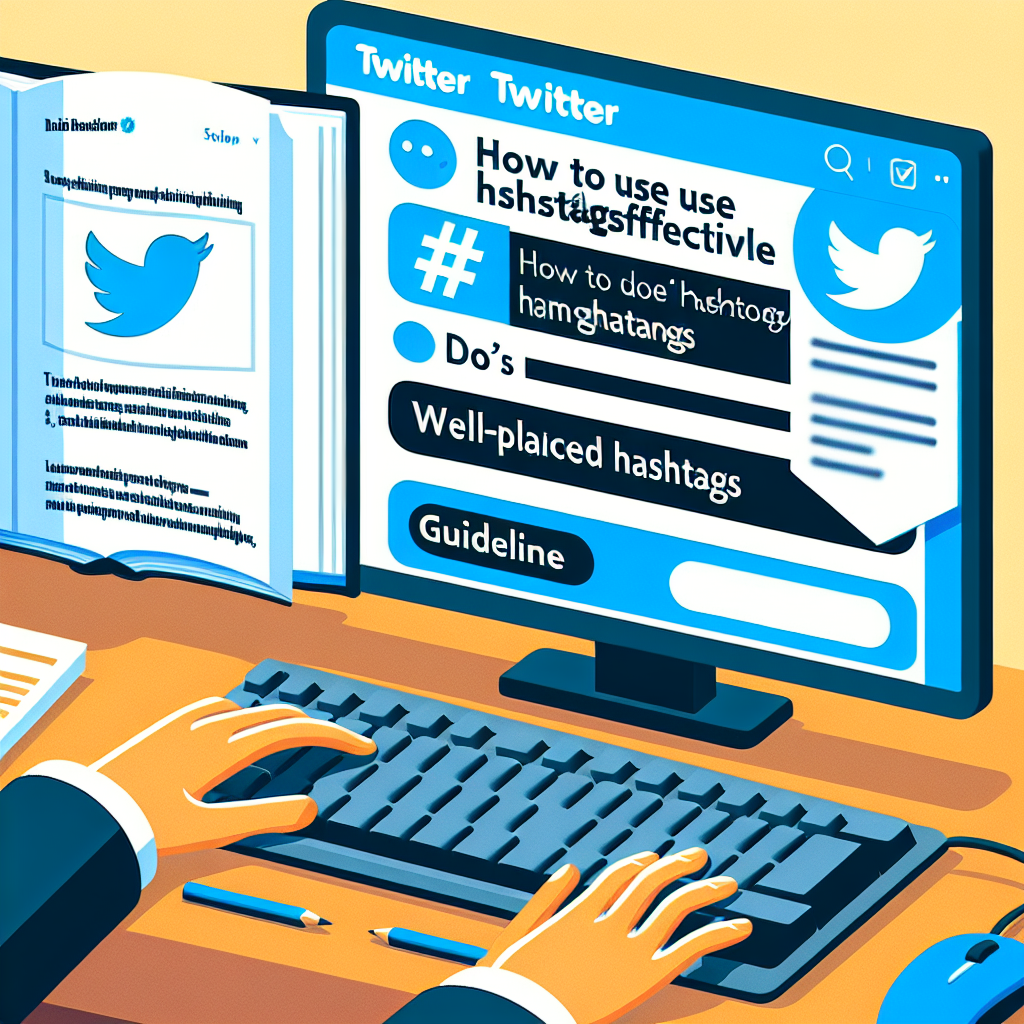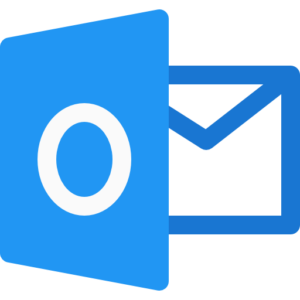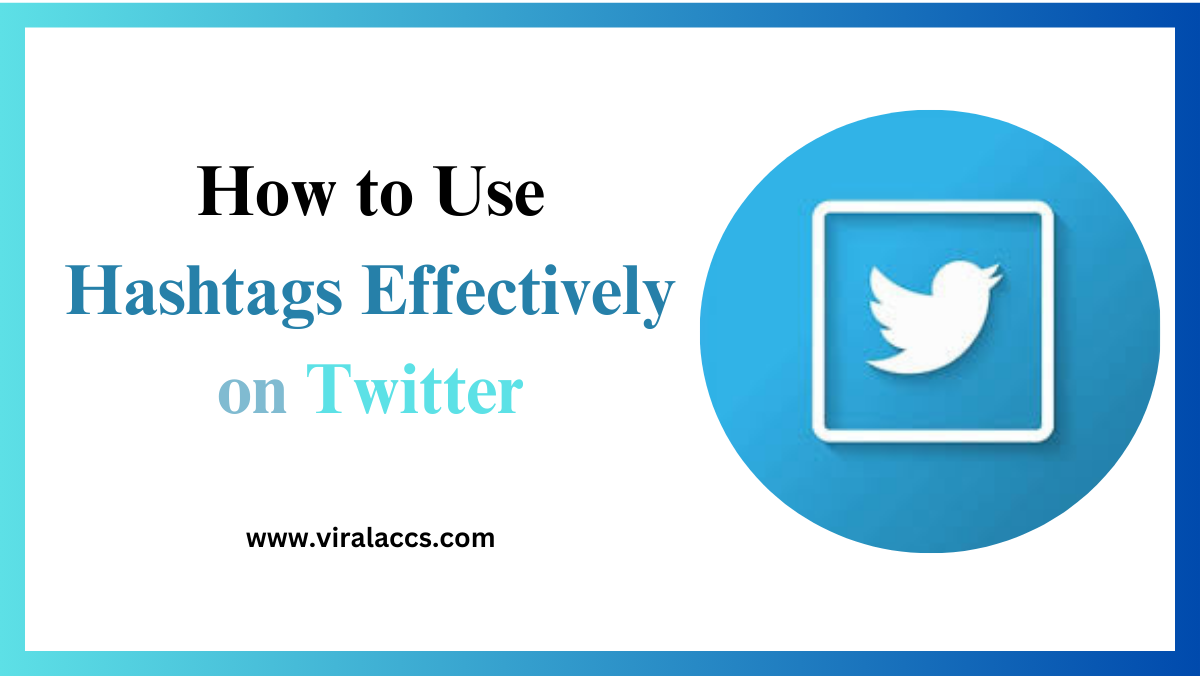Social media is a complex landscape, and standing out in the chaos can be challenging. One of the most effective ways to elevate your Twitter game is by mastering the use of hashtags. This guide will walk you through everything you need to know about using hashtags effectively on Twitter, from understanding what they are to measuring their performance.
What are Hashtags?
In essence, hashtags are words or phrases that come before the “#” symbol. They act as a tool for categorization, making it easier for people to find tweets about specific topics. For example, if you tweet about social media tips, you might use hashtags like #SocialMediaTips or #MarketingAdvice.
Hashtags serve multiple functions. They increase the visibility of your tweets, facilitate engagement, and help you join relevant conversations. When used correctly, hashtags can amplify your reach and make your content discoverable to a broader audience.
One of the main advantages of hashtags is their simplicity. You don’t need any special tools to create them—just type the “#” symbol followed by your keyword or phrase. However, this simplicity can also be a pitfall if not used strategically.

Best Practices for Using Hashtags
While it might be tempting to add as many hashtags as possible, this strategy can backfire. Buy Twitter Accounts algorithm may perceive your tweet as spammy, reducing its visibility. Instead, aim for 1-3 relevant hashtags per tweet.
Focus on relevance. Using popular but unrelated hashtags might get you some views, but it won’t lead to meaningful engagement. For instance, if you’re tweeting about a marketing campaign, hashtags like #Marketing or #DigitalMarketing would be appropriate.
Another key practice is to keep your hashtags short and memorable. Long hashtags are harder to read and less likely to be used by others. A good rule of thumb is to stick to one or two words.
Researching Trending Hashtags
Understanding current trends is crucial for effective hashtag use. Twitter itself provides a “Trending” section where you can see the most popular hashtags in real-time. Engaging with these trending hashtags can increase your tweet’s visibility.
Tools like Hashtagify and RiteTag can help you find trending hashtags related to your industry. These tools offer insights into a hashtag’s popularity, usage patterns, and even which influencers are using them.
It’s also worth noting that trending hashtags can vary by region and time. Make sure to tailor your hashtag strategy to your target audience’s location and the time you’re posting.
Measuring Hashtag Performance
To truly understand the impact of your hashtags, you need to measure their performance. Twitter Analytics is a powerful tool for this purpose. It provides data on impressions, engagements, and the overall reach of your tweets.
Another useful metric is the engagement rate, which is the number of engagements (likes, retweets, replies) divided by the number of impressions. This indicator gives you a better idea of how successfully your hashtags are connecting with your target audience.
For more in-depth analysis, consider using third-party tools like Sprout Social or Hootsuite. These platforms offer comprehensive analytics, including hashtag performance over time and comparisons with other hashtags.
Case Studies
- Nike’s #JustDoIt Campaign
Nike’s #JustDoIt campaign is a textbook example of effective hashtag use. The hashtag is simple, memorable, and directly tied to the brand’s identity. It has been used millions of times, generating widespread engagement and brand recognition.
What sets this campaign apart is its consistency. Nike uses the hashtag across various platforms and marketing materials, creating a cohesive brand message. The hashtag has also been adopted by users, further amplifying its reach.
- Oreo’s #OreoHorrorStories
During Halloween, Oreo launched the #OreoHorrorStories campaign. The hashtag was both seasonal and engaging, encouraging users to share their own Oreo-themed horror stories. This user-generated content drove significant engagement and added a fun twist to the brand’s marketing strategy.
Oreo’s campaign highlights the importance of creativity in hashtag use. By tying the hashtag to a specific event or season, they created a sense of urgency and excitement among their audience.
- Coca-Cola’s #ShareACoke
Coca-Cola’s #ShareACoke campaign invited users to share photos of Coke bottles personalized with their names. The hashtag encouraged user participation and created a sense of community around the brand.
This campaign is a great example of how hashtags can facilitate user-generated content. By making the hashtag personal and interactive, Coca-Cola was able to engage its audience on a deeper level.
Benefits of Effective Hashtag Use
- Increased Visibility
One of the most significant benefits of using hashtags is increased visibility. When you use a hashtag, your tweet becomes discoverable to anyone following that hashtag. Higher engagement rates and a wider audience reach may result from this.
- Improved Engagement
Engaging with trending or popular hashtags can significantly improve your tweet’s engagement. People interested in those topics are more likely to interact with your content, whether through likes, retweets, or replies.
- Enhanced Brand Awareness
Effective hashtag use can enhance your brand’s awareness. Consistently using a branded hashtag helps establish your brand’s identity and makes it easier for users to connect with your brand.
Common Mistakes to Avoid
- Overuse of Hashtags
Hashtag analytics is one feature of the all-inclusive social media management platform Sprout Social. Tweets with too many hashtags can appear spammy and may be penalized by Twitter’s algorithm. Aim for a balanced approach.
- Irrelevant Hashtags
Using irrelevant hashtags might get you some initial views, but it won’t lead to meaningful engagement. Always ensure your hashtags are relevant to the content you’re posting.
- Ignoring Trends
Failing to engage with trending hashtags can be a missed opportunity. Make sure to stay updated with current trends and incorporate relevant hashtags into your strategy.
Tips for Creating Your Own Hashtags
- Keep It Short and Simple
When creating your own hashtags, keep them short and simple. Long, complicated hashtags are harder to remember and less likely to be used by others.
- Make It Memorable
Your hashtag should be memorable. A catchy, easy-to-remember hashtag is more likely to be adopted by your audience.
- Ensure It’s Unique
Before finalizing a hashtag, make sure it’s unique and hasn’t been used for a different context. A unique hashtag ensures that all related content is grouped together.
Tools to Help with Hashtag Strategy
- Hashtagify
Hashtagify is a popular tool for finding trending hashtags related to your content. It provides insights into a hashtag’s popularity, usage patterns, and related hashtags.
- RiteTag
RiteTag offers real-time hashtag suggestions based on your content. It also provides analytics on hashtag performance, helping you choose the most effective hashtags.
- Sprout Social
Sprout Social is a comprehensive social media management tool that includes hashtag analytics. It offers insights into hashtag performance over time and comparisons with other hashtags.
Conclusion
Mastering the art of hashtag use on Twitter can significantly enhance your social media strategy. By understanding what hashtags are, following best practices, and leveraging tools for research and measurement, you can increase your visibility, engagement, and brand awareness.
Don’t miss out on the opportunities that effective hashtag use can bring. Start experimenting with hashtags today, and watch your Twitter engagement soar.
Are you prepared to step up your Twitter game? Sign up for our newsletter for more tips and strategies, and join our community of savvy social media marketers.








